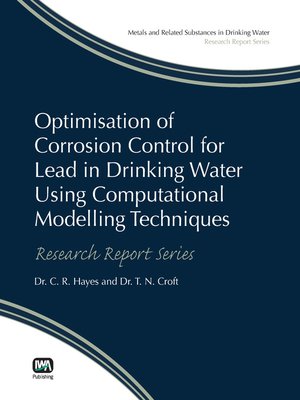Optimisation of Corrosion Control for Lead in Drinking Water Using Computational Modelling Techniques
ebook ∣ Best Practice Guides on Metals and Related Substances in Drinking Water
By Colin Hayes

Sign up to save your library
With an OverDrive account, you can save your favorite libraries for at-a-glance information about availability. Find out more about OverDrive accounts.
Find this title in Libby, the library reading app by OverDrive.



Search for a digital library with this title
Title found at these libraries:
| Library Name | Distance |
|---|---|
| Loading... |
Optimisation of Corrosion Control for Lead in Drinking Water Using Computational Modelling Techniques shows how compliance modelling has been used to very good effect in the optimisation of plumbosolvency control in the United Kingdom, particularly in the optimisation of orthophosphate dosing. Over 100 water supply systems have been modelled, involving 30% of the UK's water companies. This "proof-of-concept" project has the overall objective of demonstrating that these modelling techniques could also be applicable to the circumstances of Canada and the United States, via three case studies.
This report is the first in the Research Report Series published by the IWA Specialist Group on Metals and Related Substances in Drinking Water.
Authors: Dr. C. R. Hayes and Dr. T. N. Croft Collaborators A. Campbell, City of Ottawa Water (CA) I. P. Douglas, City of Ottawa Water (CA) P. Gadoury, Providence Water (US) M. R. Schock, US Environmental Protection Agency (US)







